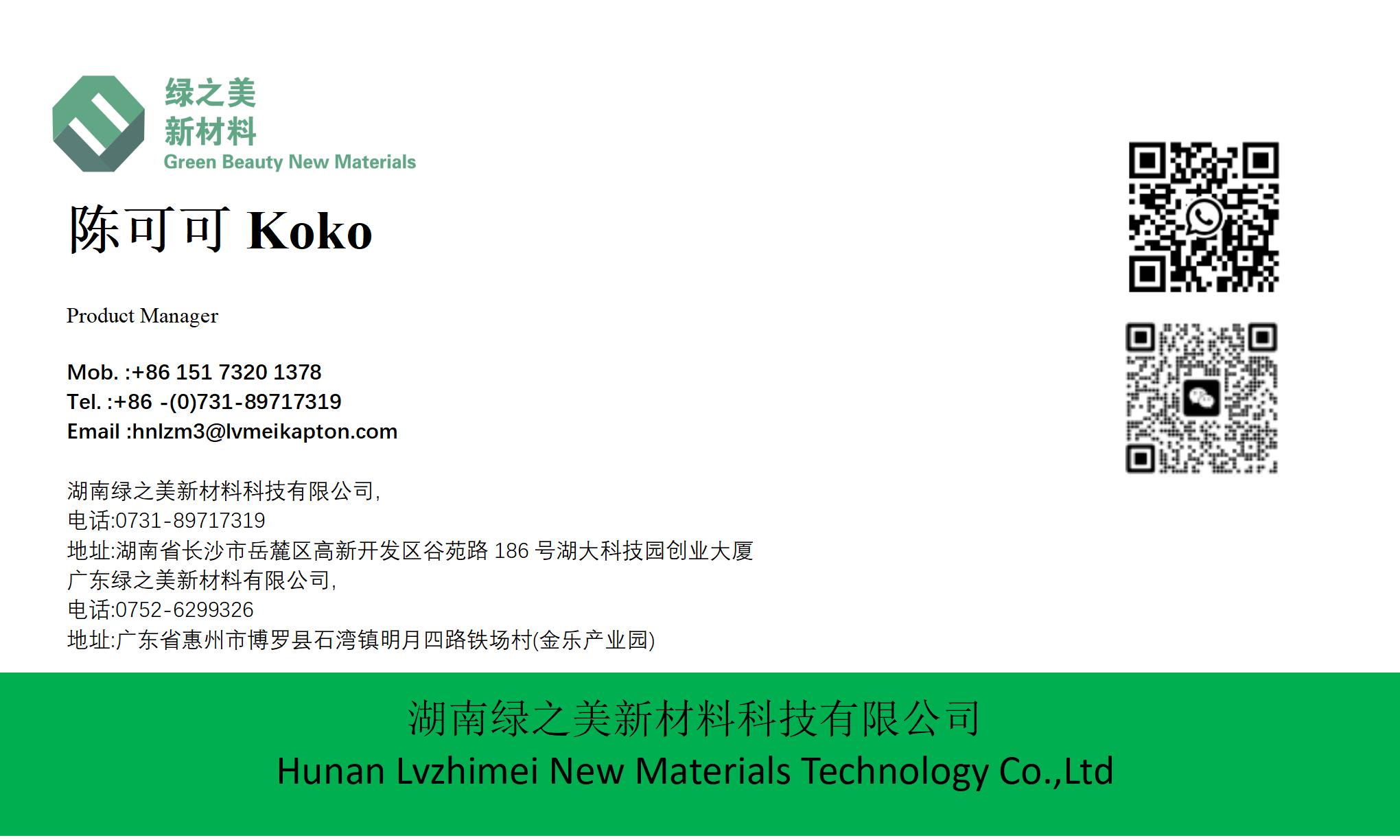



How to Choose PI Tape: Thickness, Adhesion, and Size Considerations
Introduction
Polyimide (PI) tape, commonly known as kapton tape, is a versatile material widely used in the electronics industry due to its exceptional thermal stability, mechanical strength, and chemical resistance. When selecting PI tape for specific applications such as gold finger electronics, it is crucial to consider factors like thickness, adhesion, and size. This comprehensive guide aims to help you make informed decisions by exploring these key aspects in detail.
Understanding PI Tape Properties
Thickness
The thickness of PI tape plays a significant role in its performance. Thinner tapes offer better conformability and are ideal for applications requiring precise layering, such as in gold finger electronics. On the other hand, thicker tapes provide enhanced durability and insulation properties. Common thicknesses range from 0.025mm to 0.2mm.
Adhesion
Adhesion strength is critical, especially in environments where the tape will be subjected to high temperatures or mechanical stress. PI tapes with strong adhesion, such as the "Strong adhesion and blocking high temperature tape," ensure reliable performance over time. For applications involving spray painting, the "Self-adhesive back blocking spray paint tape" is an excellent choice as it prevents paint seepage.
Size
The dimensions of PI tape should be matched to the specific requirements of the application. Whether it's covering a small area on a circuit board or providing extensive insulation, the right size ensures optimal coverage and efficiency. Custom sizes are often available to meet unique needs.
Types of PI Tape for Different Applications
Gold Finger Electronics
In gold finger electronics, PI tape is used to protect contacts from environmental factors and mechanical wear. The "PI material high temperature resistant 300 tape" is ideal for these applications due to its exceptional heat resistance and durability.
Circuit Board Protection
For circuit board protection, the "Brown circuit board high temperature tape" offers excellent thermal resistance and electrical insulation. It is commonly used in high-temperature environments where reliability is paramount.
Insulation and Electrical Applications
The "lvmeikapton insulating electrical tape" is designed for electrical insulation, providing a robust barrier against electrical currents. Its high-temperature resistance makes it suitable for use in a variety of electronic devices.
Adhesive PET Material High Temperature Tape
The "Adhesive PET material high temperature tape" combines the benefits of PET's mechanical strength with the heat resistance of PI tape. This makes it ideal for applications requiring both durability and thermal stability.
Selection Criteria for PI Tape
Application Requirements
Identify the specific needs of your application, such as temperature resistance, electrical insulation, and mechanical protection. This will help narrow down the suitable types of PI tape.
Environmental Conditions
Consider the environmental conditions the tape will be exposed to, including temperature ranges, humidity, and chemical exposure. Choose a tape that can withstand these conditions effectively.
Installation Considerations
Evaluate the ease of installation, including the tape's conformability and adhesion properties. For intricate applications, tapes like the "Self-adhesive back blocking spray paint tape" offer convenience and reliability.
Tape Type | Thickness (mm) | Adhesion Strength | Temperature Resistance (°C) | Key Features | Applications |
PI Material High Temp 300 | 0.05 | High | 300 | Heat resistance, durability | Gold finger electronics |
Brown Circuit Board High Temp | 0.1 | Medium | 260 | Thermal resistance, electrical insulation | Circuit board protection |
lvmeikapton Insulating Electrical | 0.025 | High | 200 | Electrical insulation, heat resistance | Electrical applications |
Adhesive PET Material High Temp | 0.075 | Medium | 180 | Durability, thermal stability | General electronics |
Strong Adhesion and Blocking High Temp | 0.15 | Very High | 350 | Extreme adhesion, high-temperature resistance | Harsh environments |
Self-adhesive Back Blocking Spray Paint | 0.03 | High | 150 | Prevents paint seepage, easy application | Spray painting applications |
Comparison Table of PI Tape Types
Tips for Optimal PI Tape Selection
1.
Material Compatibility: Ensure the PI tape is compatible with the materials it will be applied to, avoiding any adverse reactions.
2.
Testing and Validation: Conduct tests to verify the tape's performance under actual application conditions.
3.
Supplier Reliability: Choose a reputable supplier who can provide consistent quality and technical support.
4.
Cost-Benefit Analysis: Consider the cost of the tape relative to its performance and longevity in the application.
Conclusion
Selecting the right PI tape for your electronic applications involves a thorough understanding of thickness, adhesion, and size requirements. By considering the specific needs of your application, environmental conditions, and installation considerations, you can ensure optimal performance and reliability. Whether you are working with gold finger electronics, circuit boards, or electrical insulation, the appropriate PI tape will enhance the durability and functionality of your electronic devices.
References
1.
"Polyimide Tape: Properties and Applications," Electronics Industries Association.
2.
"Kapton Tape for Electronic Applications," 3M Technical Data Sheets.
3.
"High Temperature Tapes in the Electronics Industry," IEEE Transactions on Components, Packaging, and Manufacturing Technology.





